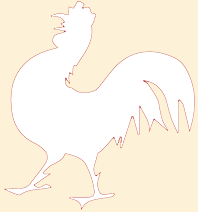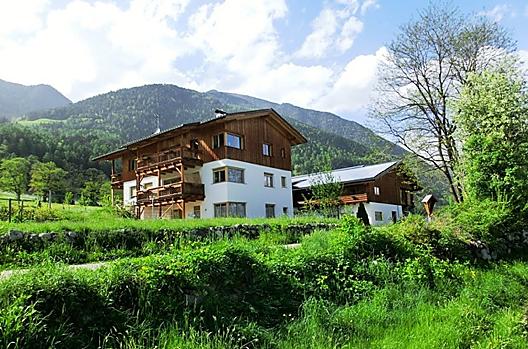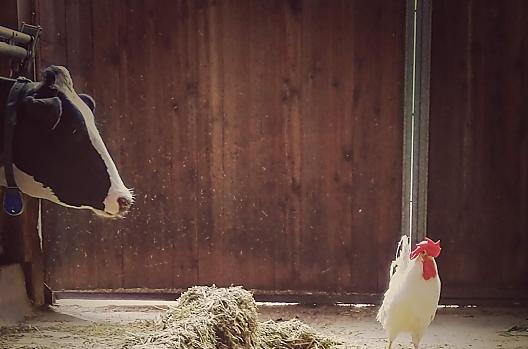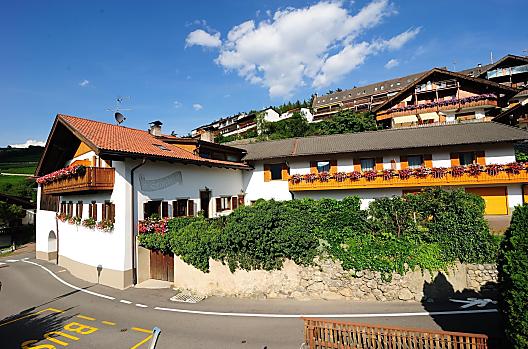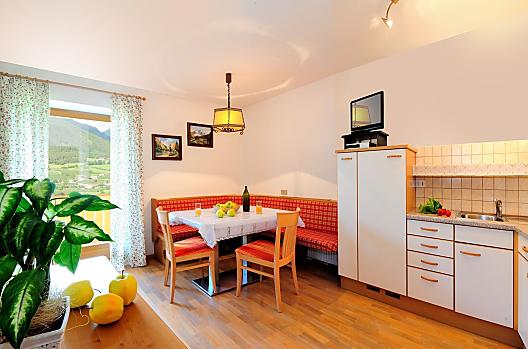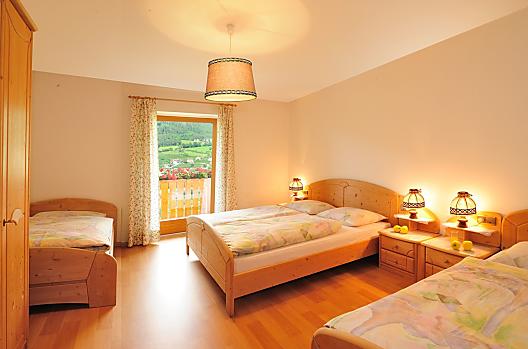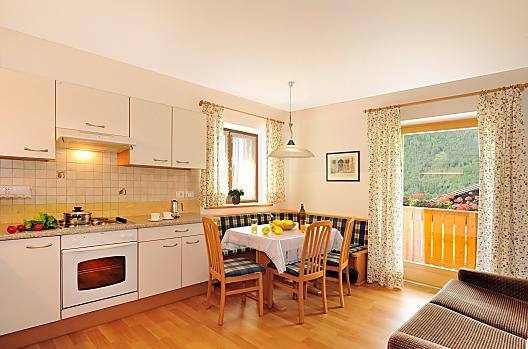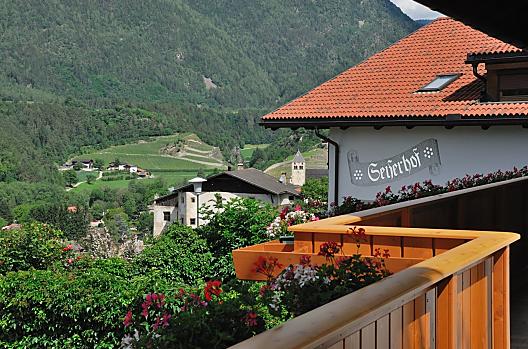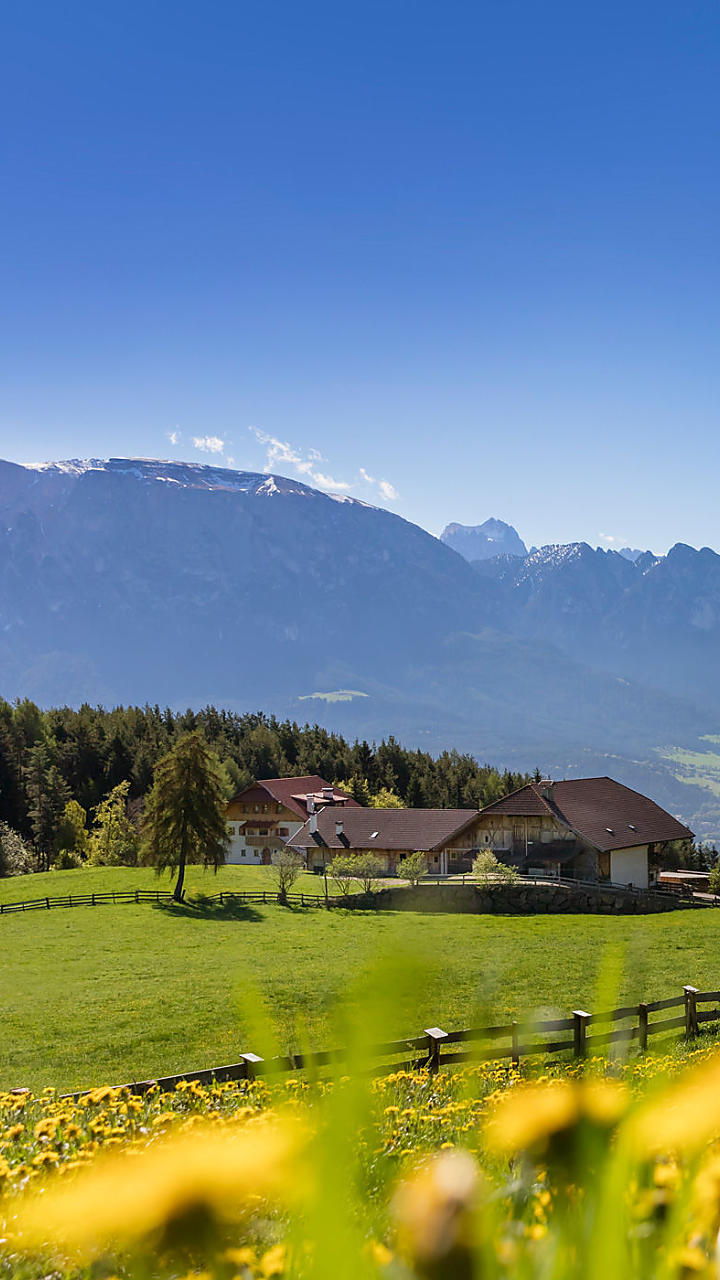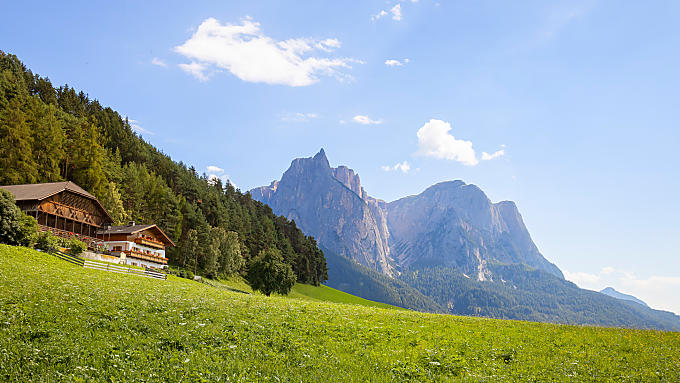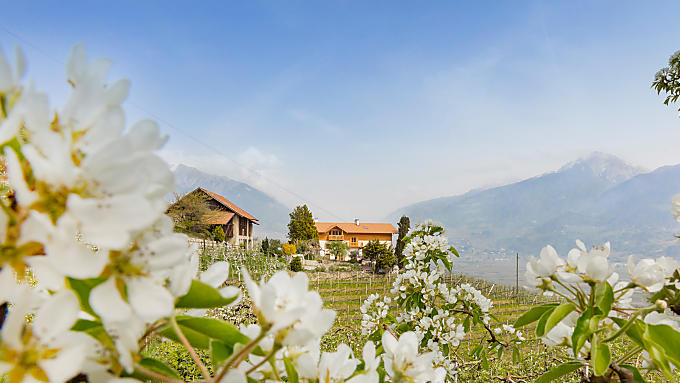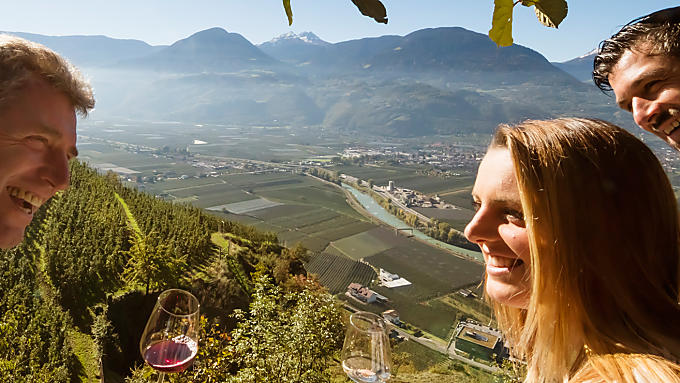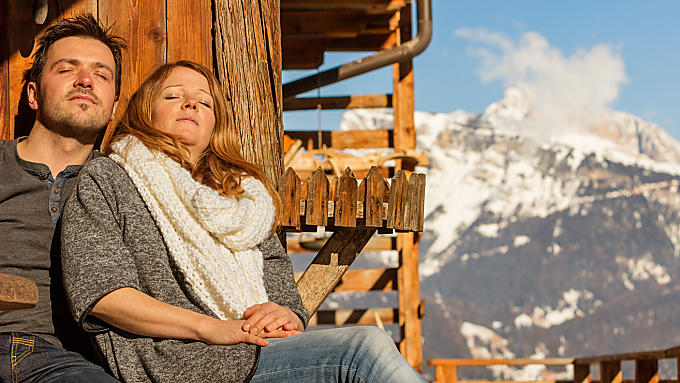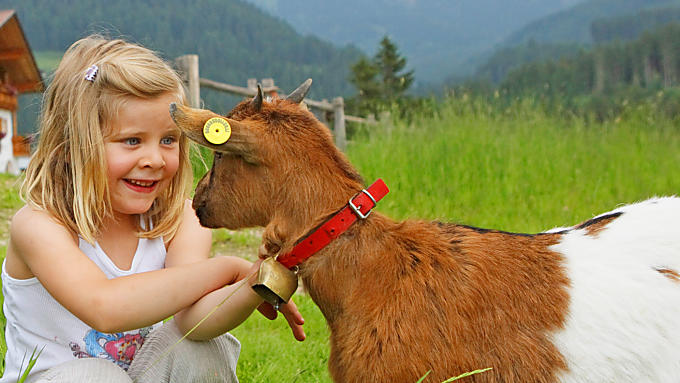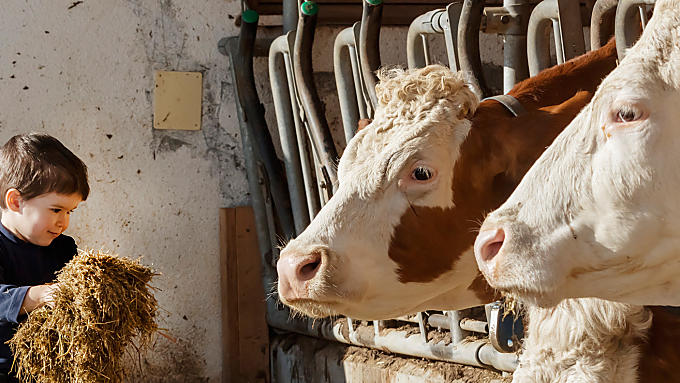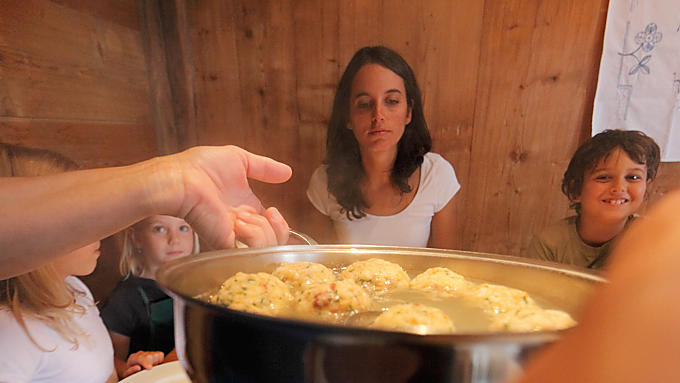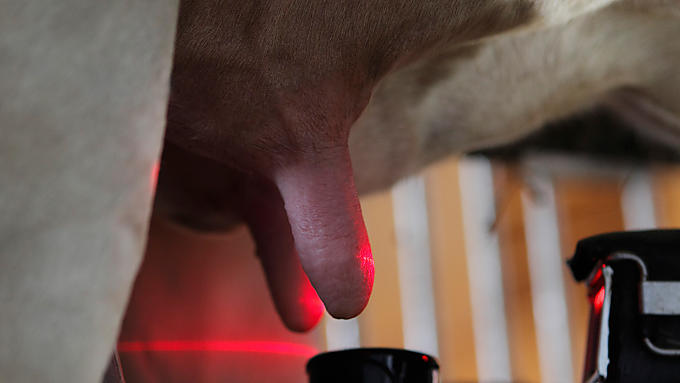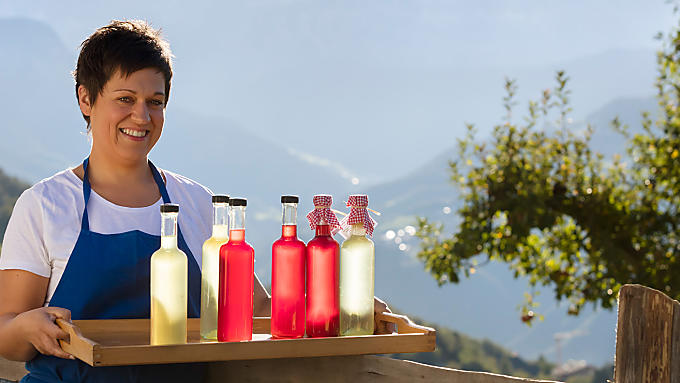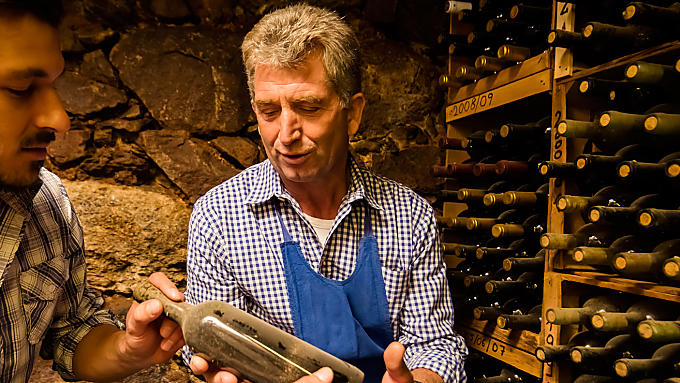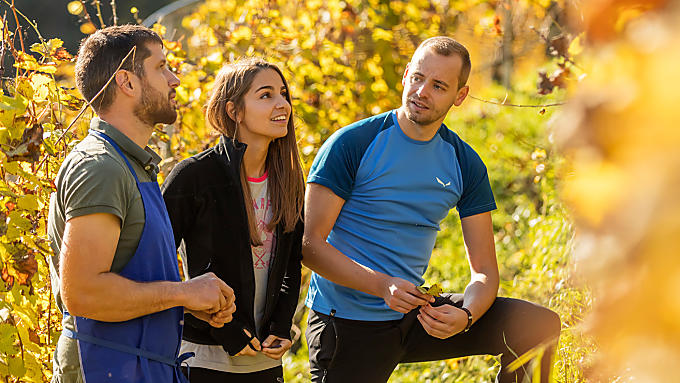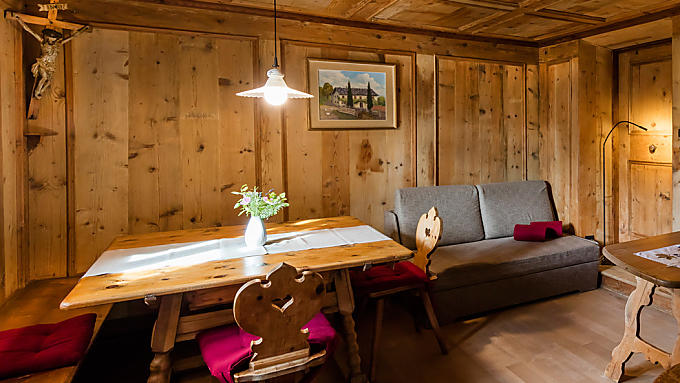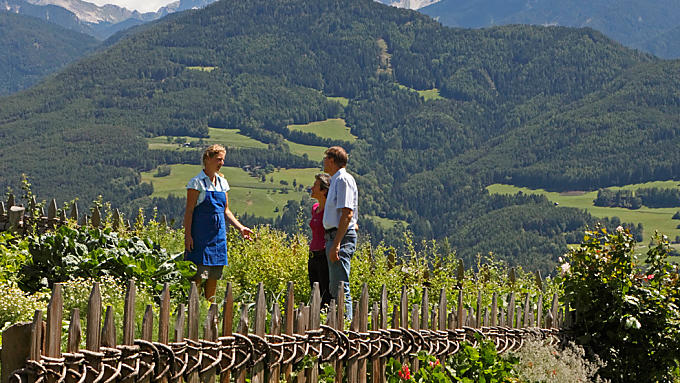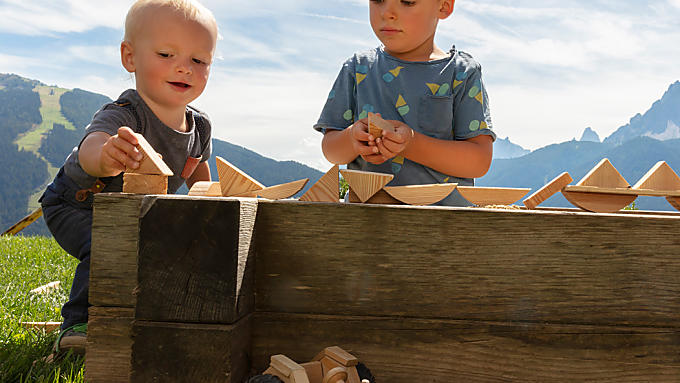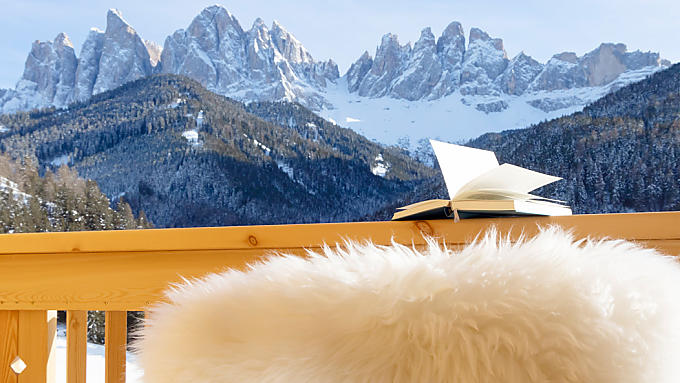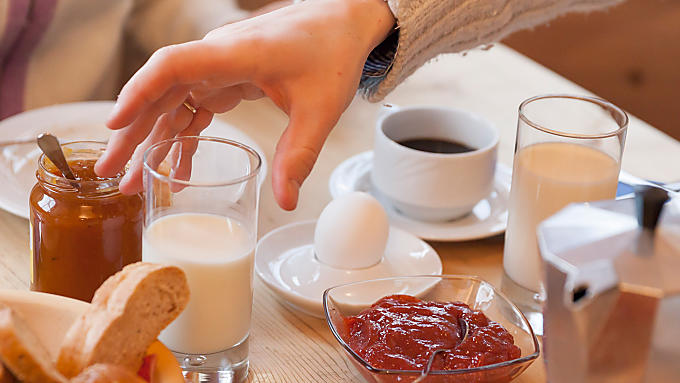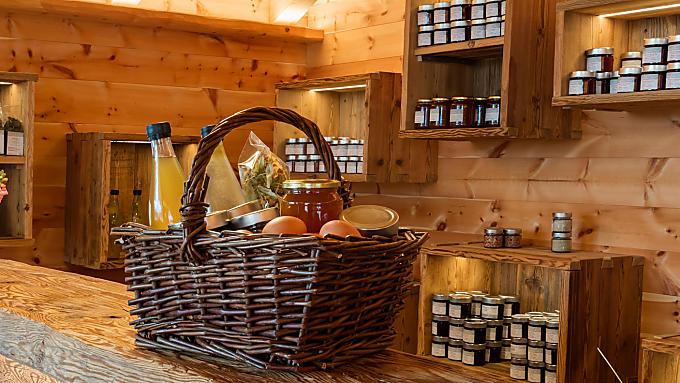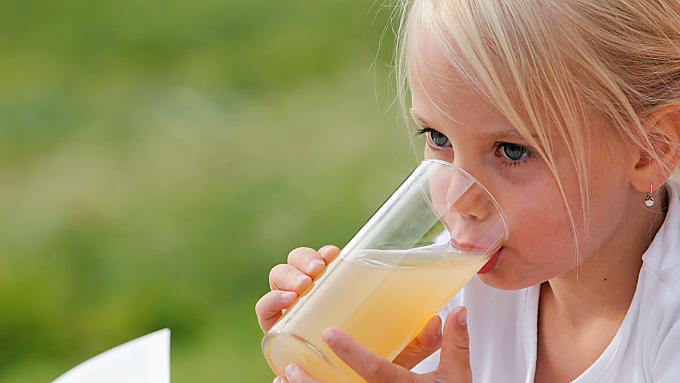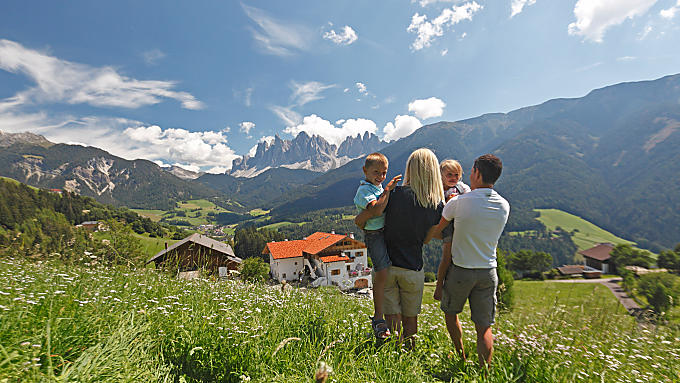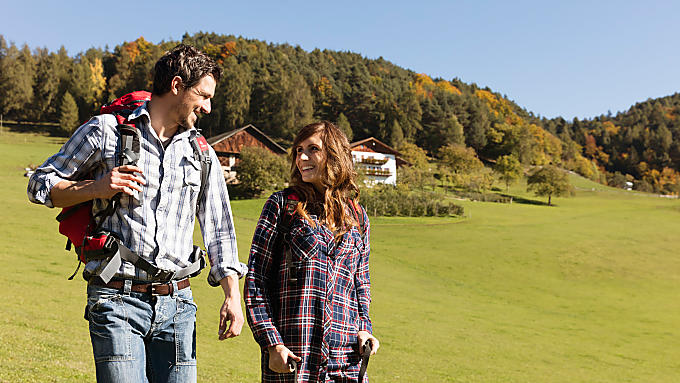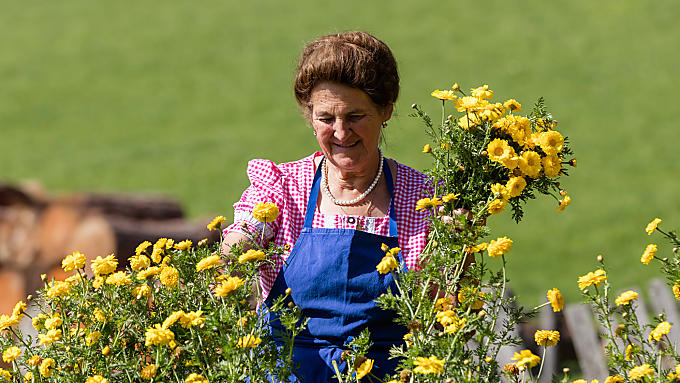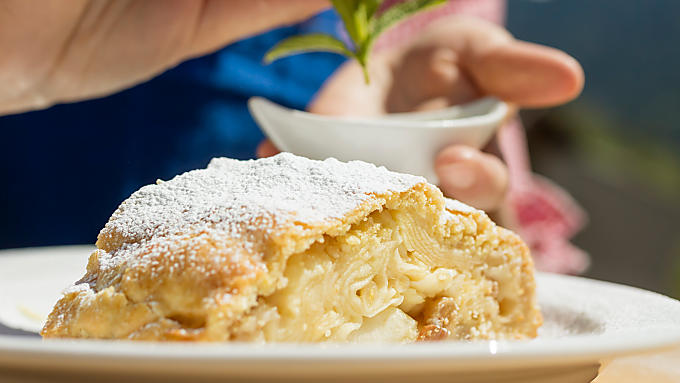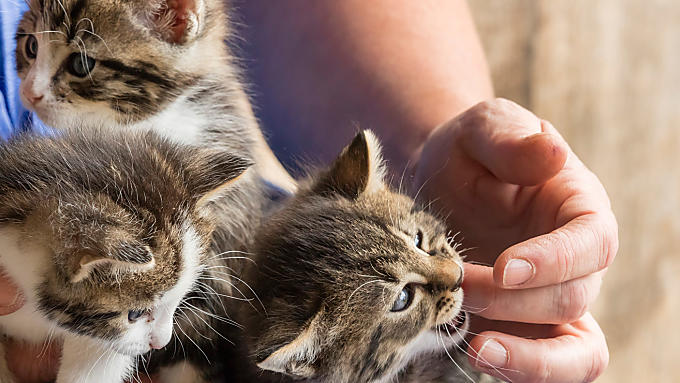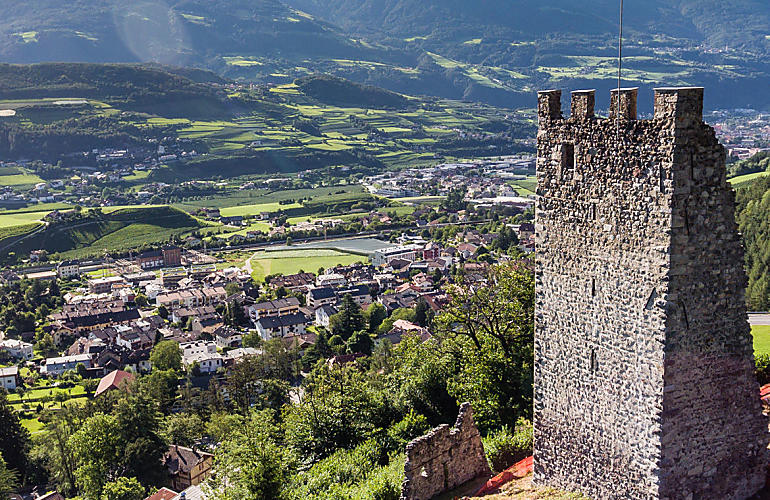
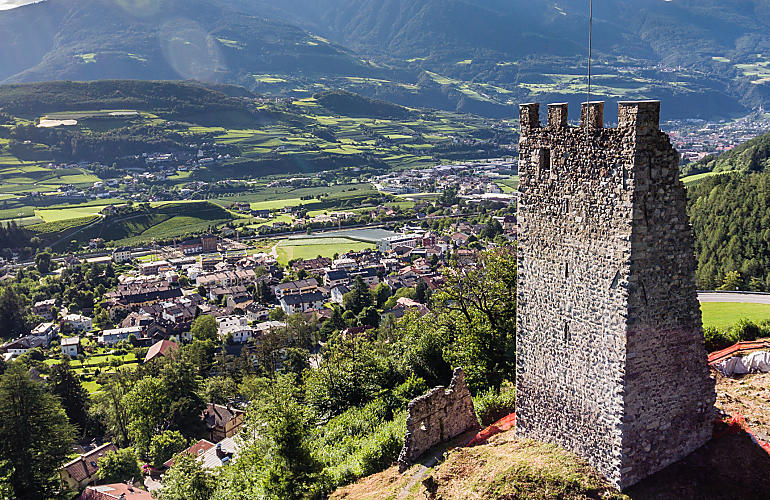
Gateway to the south
Holiday location
Farm Holidays in Vahrn
A Farm Holiday in Vahrn amidst wine, art and nature: this municipality in the Eisacktal valley is the most northern wine-producing area south of the Alps.
The 4,500-person-strong parish of Vahrn comprising the villages of Vahrn Dorf and Neustift in the valley basin as well as the mountain hamlet of Spiluck and Schalders lies near the cathedral town of Brixen on a moraine hill at the start of Schalderertal valley. The mild climate has always been favourable to wine and fruit farming. Mediterranean plants such as vines and chestnut trees shape the landscape as well as spruce woodland, mountain meadows and streams. The municipality of Vahrn also enjoys a long history as a holiday destination thanks to its position on the Brenner road.
A Farm Holiday in Vahrn amidst wine, art and nature: this municipality in the Eisacktal valley is the most northern wine-producing area south of the Alps.
The 4,500-person-strong parish of Vahrn comprising the villages of Vahrn Dorf and Neustift in the valley basin as well as the mountain hamlet of Spiluck and Schalders lies near the cathedral town of Brixen on a moraine hill at the start of Schalderertal valley. The mild climate has always been favourable to wine and fruit farming. Mediterranean plants such as vines and chestnut trees shape the landscape as well as spruce woodland, mountain meadows and streams. The municipality of Vahrn also enjoys a long history as a holiday destination thanks to its position on the Brenner road.
Tradition means duty
The Brenner road has always represented a major connection between north and south. Innkeepers and artisans in Vahrn took advantage of the busy traffic on this route as far back as the Middle Ages. As well as attracting noble families from Brixen, who used to spend their summer holidays in Vahrn and its hamlets, the construction of the Brenner railway at the end of the 19th century brought wealthy holidaymakers from Vienna and Munich to the small Alpine village with its mild climate and excellent wine. These stolid houses with their bay windows, gable roofs, courtyard gates and walled gardens are typical for the place. The village of Vahrn is dominated by the ruins of Burg Salern. The remains of the castle walls and the keep may be reached from Vahrn Oberdorf by means of a pleasant walk along 'Carl-Toldt-Weg'
The parish church of St. George, built on a rocky outcrop above Vahrn, is worth a visit. This church, assumed to have been built in the 12th century during the Gregorian reforms, houses a high altar as well as a Romanesque Virgin Mary.
Art and wine
A holiday in Vahrn means treats for all the senses. When visiting the largest monastery in Tyrol, Augustinian Neustift Abbey, founded in 1142, works from various eras in art history, from the Romantic to Rococo, may be admired: the abbey church with its famous ceiling frescoes, the medieval cloisters, the library with the large hall in Rococo style, the great court with its octagonal pump room and St. Michael's chapel known as 'Engelsburg', as well as the historical abbey gardens with their walk-in aviary and 'piszin', a tower-like fountain, are as impressive as the wine cellar, which has produced much-praised Eisacktal white wine for over 850 years. A glass of Sylvaner, Kerner or Gewürztraminer wine goes perfectly with another culinary treat from Vahrn – a tasty 'Schalderer Krapfen' pastry.
Tradition means duty
The Brenner road has always represented a major connection between north and south. Innkeepers and artisans in Vahrn took advantage of the busy traffic on this route as far back as the Middle Ages. As well as attracting noble families from Brixen, who used to spend their summer holidays in Vahrn and its hamlets, the construction of the Brenner railway at the end of the 19th century brought wealthy holidaymakers from Vienna and Munich to the small Alpine village with its mild climate and excellent wine. These stolid houses with their bay windows, gable roofs, courtyard gates and walled gardens are typical for the place. The village of Vahrn is dominated by the ruins of Burg Salern. The remains of the castle walls and the keep may be reached from Vahrn Oberdorf by means of a pleasant walk along 'Carl-Toldt-Weg'.
The parish church of St. George, built on a rocky outcrop above Vahrn, is worth a visit. This church, assumed to have been built in the 12th century during the Gregorian reforms, houses a high altar as well as a Romanesque Virgin Mary.
Art and wine
A holiday in Vahrn means treats for all the senses. When visiting the largest monastery in Tyrol, Augustinian Neustift Abbey, founded in 1142, works from various eras in art history, from the Romantic to Rococo, may be admired: the abbey church with its famous ceiling frescoes, the medieval cloisters, the library with the large hall in Rococo style, the great court with its octagonal pump room and St. Michael's chapel known as 'Engelsburg', as well as the historical abbey gardens with their walk-in aviary and 'piszin', a tower-like fountain, are as impressive as the wine cellar, which has produced much-praised Eisacktal white wine for over 850 years. A glass of Sylvaner, Kerner or Gewürztraminer wine goes perfectly with another culinary treat from Vahrn – a tasty 'Schalderer Krapfen' pastry.
Farm search
Holiday farms in Vahrn
3 reasons
A holiday in Vahrn
Wine and culture
in Neustift Abbey
Walking and mountaineering
in quiet Schalderer Tal valley
Refreshment at
a Kneipp facility
Nature in the valley...
A holiday flat or room in Vahrn provides lots of relaxation options. Vahrner See lake, which is a protected natural area and biotope and bathing lake in one, will offer refreshment on hot days.
A holiday flat or room in Vahrn provides lots of relaxation options. Vahrner See lake, which is a protected natural area and biotope and bathing lake in one, will offer refreshment on hot days.
Lovers of lonely walking paths will appreciate the recreation area along largely unspoilt Schalderer Bach stream. The trail leading walkers through the area and past one of the oldest Kneipp facilities in South Tyrol, too, comes highly recommended. Likewise in the valley basin, the whole of the Eisacktal valley may be explored along the flat Eisacktal cycle and walking path.
...and in the mountains
The hamlets of Spiluck and Schalders, set at over 1,000 metres above sea level, are particularly good for a quiet Farm Holiday in Vahrn. Interesting walks may be done here without needing to drive to the start, such as the walk up to Spilucker Platte, a viewing platform that affords all-round views across the whole Eisacktal valley and the Geisler mountain peaks, or the Spiluck medicinal herbs panoramic path. Waldkofel Spiluck climbing garden featuring lots of different routes in vertical and overhanging rock and spectacular views of the Dolomites is an eldorado for sports climbers and boulderers. In winter, a sledge run starting at Waldkofel provides fun for adults and children alike.
Spiluck and Schalders make ideal bases for walks and mountain bike tours in the Sarntal Alps area, too, where the Schrüttensee lakes or Zirmaital pasture make great destinations for excursions.
Furthermore, Plose hiking and skiing area may be reached in little time from Vahrn.


